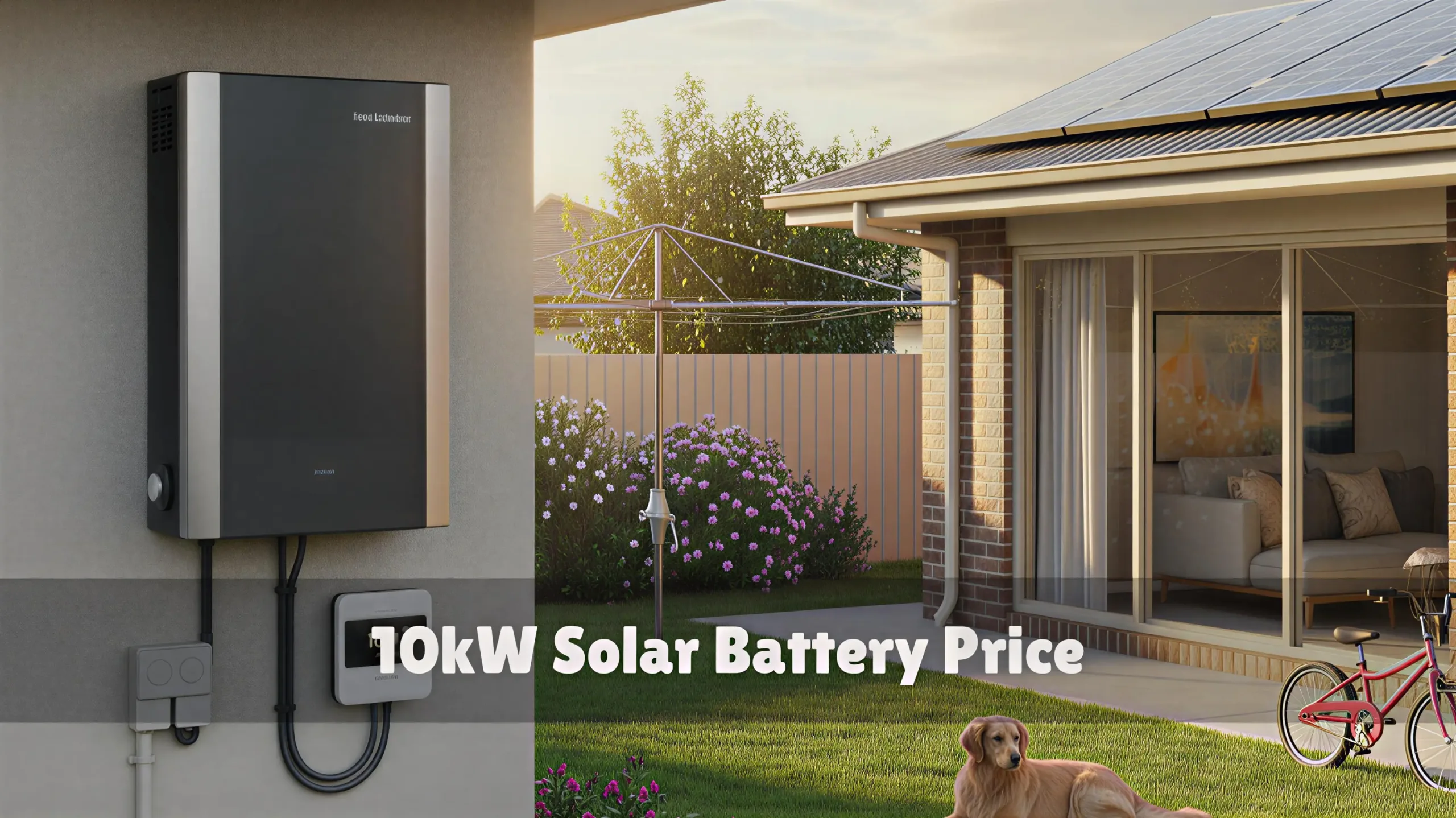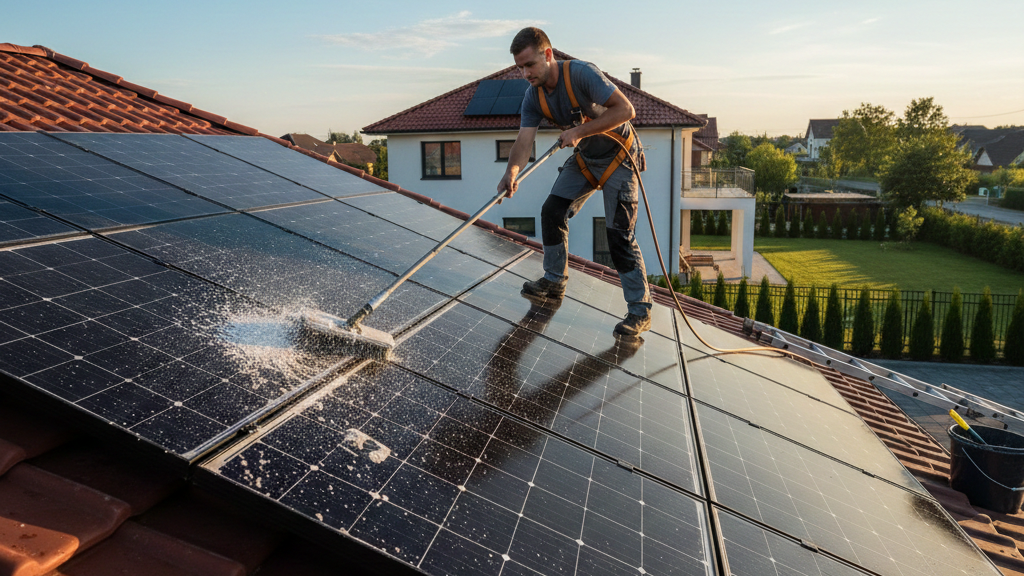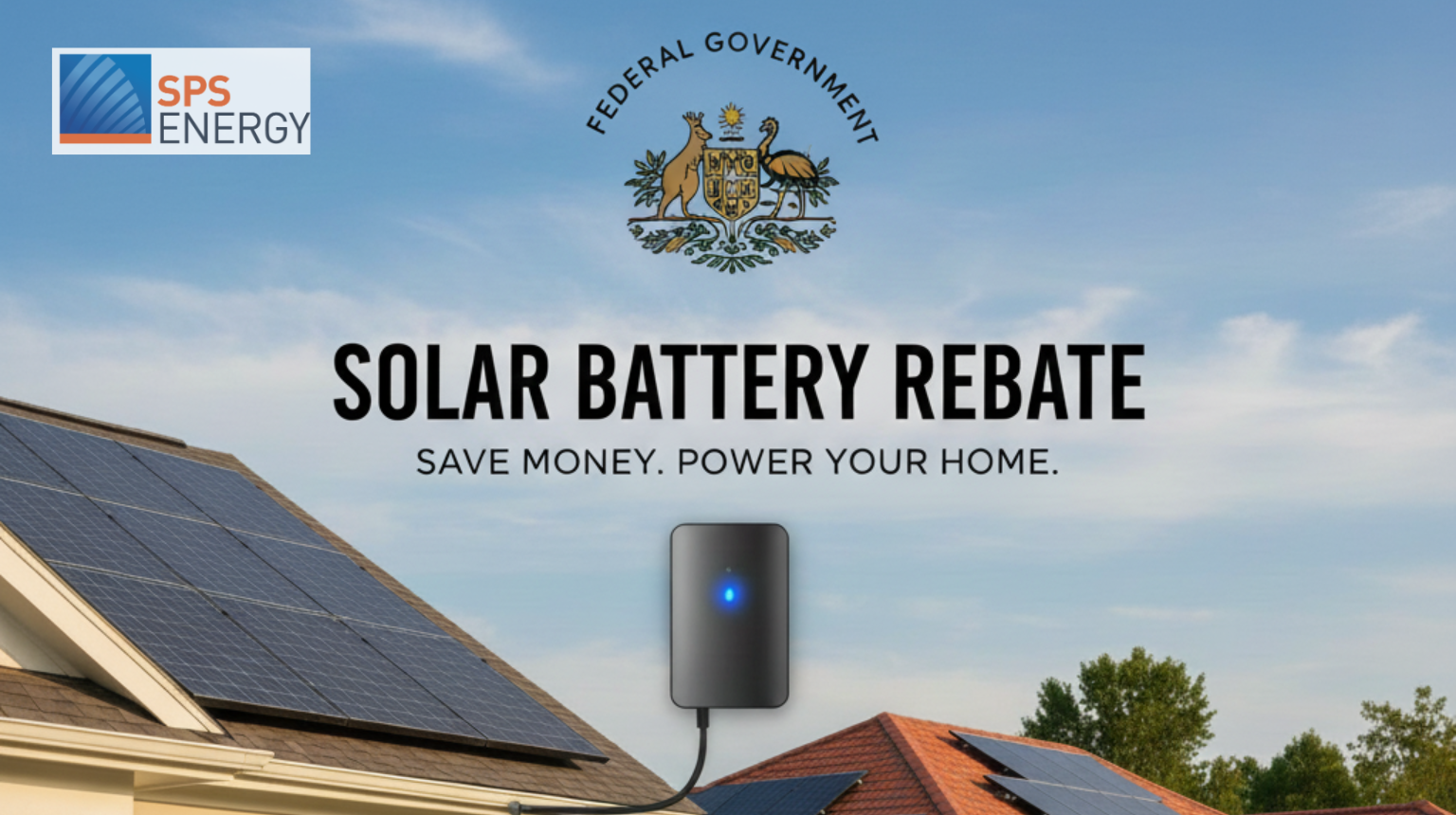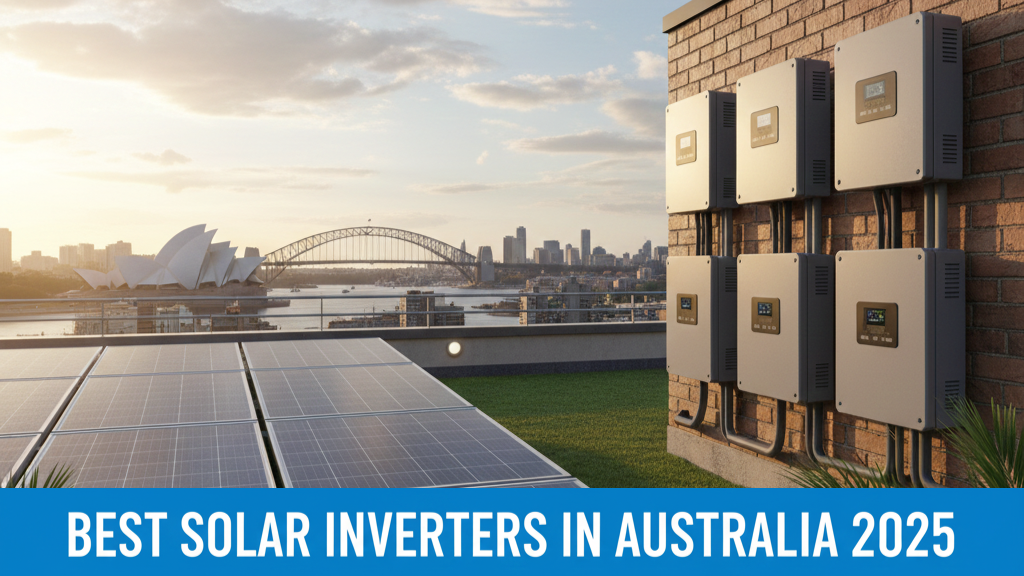Table of Contents
As an Aussie homeowner, you might be considering making the switch to an electric vehicle (EV) and want to know how to set up a convenient home charging station. One of the first questions on your mind is likely, “Can I DIY install an EV charger?”. The short answer is: for the fastest and most efficient EV charger installation, you must use a licensed electrician. While some basic chargers can be plugged into a standard socket, a dedicated home EV charger requires professional expertise to ensure safety and compliance with Australian standards.
Can I install an EV charger myself?
In Australia, the installation of a hard-wired, Level 2 EV charger is a job for a licensed professional. Unlike a simple appliance, this type of charger draws significant power directly from your home’s main switchboard. Attempting a DIY electric car charger installation can be dangerous, leading to fire hazards, electrical faults, or even voiding your home insurance and the charger’s warranty. A licensed electrician or electrical contractor will ensure the installation is safe and compliant with Australian regulations. The only exception is a portable EV charger, which simply plugs into a standard wall socket, but this is a much slower method of charging.
Can any electrician install EV charger?
Yes, any licensed and qualified electrician in Australia is permitted to install an EV charger. They do not require specific additional certifications, unlike those needed for solar installation services. A reputable electrician with experience in EV charger setups will be familiar with the necessary safety protocols and compliance standards, such as AS/NZS 3000, ensuring your setup is correctly configured for your home’s electrical system.
For those with existing solar panels, integrating a solar powered EV charger can significantly reduce your charging costs and carbon footprint.
What are the requirements for a home EV charger?
Installing a new home EV charger is not just about mounting the unit on a wall; it involves a few key requirements to ensure a safe and efficient setup:
1. Dedicated Circuit
The charger must have its own dedicated circuit from the switchboard. This prevents the charger from overloading other appliances on the same circuit.
2. Circuit Breaker & RCD Protection
Each charger unit must have its own overcurrent protective device (circuit breaker) and Residual Current Device (RCD) protection. This acts as a safety switch, protecting you and your family from electric shocks.
3. Cable Sizing
The cable running from your switchboard to the charger must be correctly sized for the required electrical load. An undersized cable can overheat and become a fire hazard.
4. Location
The location should be close to your main switchboard to reduce EV charger installation cost. It should also be a minimum of 800mm from the ground, sheltered from weather (unless the unit is rated for outdoors), and positioned for easy access to your vehicle’s charging port. If you live in a place like Eumundi, you’ll need to consider local weather conditions and potential heat stress on the unit.
5. Power Supply
Most Australian homes have a single-phase power supply, which is suitable for chargers up to 7.4kW. Some larger homes may have a three-phase supply, which can support much faster chargers up to 22kW.
How long do EV batteries last?
The lifespan of an EV battery is a common concern. While they don’t last forever, modern EV batteries are highly durable and are designed to outlive the vehicle itself. Most manufacturers offer a warranty for 8 years or 160,000 km, but many batteries are expected to last much longer, often 15-20 years or more. To prolong the life of your battery, manufacturers often recommend keeping it charged between 20-80% for daily use.

How often do EV chargers need maintenance?
Maintaining your EV charger is essential for safety and longevity. Here’s a simple guide to how often you should perform checks:
1. Monthly Visual Check
Take a few moments each month to inspect the unit and its cable. Look for any signs of physical damage, such as frayed wires, cracks, or discolouration.
2. Quarterly Check
Check for app or firmware updates, especially on smart chargers. Testing the charger with your EV to ensure a full session is also a good practice.
3. Annual Professional Inspection
It is highly recommended to have a licensed electrician inspect your unit annually. They can check the internal electrical components, test safety features, and ensure everything is operating correctly, particularly if the charger is exposed to the elements.
By following this clear guide, you can ensure a safe and reliable EV charger installation for your home. Investing in a quality unit and professional installation is the best way to enjoy the convenience of charging your electric vehicle from the comfort of your own home.
Looking for a professional EV charger installation Eumundi for your home or business? Our team of licensed electricians is here to help. We offer a full range of services, including expert advice on the best home EV charger Australia, and seamless, safe installations. Contact us today for a free consultation and quote!







